How to Make Copper Jewelry with Copper Wire
Copper jewelry, with its warm and inviting tones, has been a favorite among artisans for centuries. The versatility of copper wire makes it an excellent choice for creating stunning jewelry pieces that are not only beautiful but also unique.
This article will explore the art of making copper jewelry with copper wire, delving into the techniques, tools, materials, and safety precautions necessary to craft your own stunning designs.
Creating jewelry with copper wire is not just about bending metal; it’s about forging a connection between the artisan and the material. As we dive into this craft, you'll learn how to bend and shape copper wire, use molds for intricate designs, and even explore advanced techniques like the use of heat patina to add unique colors to your pieces. This article is structured into three comprehensive sections that will guide you through the entire process of copper jewelry making, from basic techniques to advanced applications.
Table of Contents
- Techniques in Copper Jewelry Making
- Tools and Materials
- Safety Precautions
- Advanced Techniques: Heat Patina and Soldering
- Unique Design Ideas with Copper Wire
- Conclusion and Future Trends
Techniques in Copper Jewelry Making
Creating your own copper jewelry starts with mastering a few fundamental techniques. These foundational skills are the building blocks for more complex pieces and designs.
Bending and Shaping Copper Wire
Bending and shaping copper wire is the backbone of jewelry making. Start with a spool of copper wire, typically 18 to 14 gauges for most projects. Use round-nose pliers for making loops, flat-nose pliers for holding and bending, and needle-nose pliers for more detailed work. As you manipulate the wire, you'll notice its malleability—it’s soft enough to bend but tough enough to hold intricate shapes.
Using Molds for Intricate Designs
For those seeking to create more elaborate designs, molds can be incredibly beneficial. These tools allow you to create consistent and intricate shapes without the need for extensive manual shaping. Simply wrap your copper wire around the mold, following its contours to achieve the desired shape. This technique is especially helpful for beginners or those working on large projects where uniformity is crucial.
Creating Copper Rings
One of the simplest pieces to start with is a copper ring. Using a ring mandrel, which is a rod with measurement markings, you can easily shape your wire to make rings of any size. Start by wrapping the wire around the mandrel and adjusting the loop with your pliers until you've achieved the desired fit and design. The beauty of creating rings lies in their simplicity—they’re perfect for honing your skills in bending and wrapping.
Tools and Materials
Successful jewelry making hinges on having the right tools and materials. Each piece of equipment serves a unique purpose and contributes to the quality of your finished product.
Essential Tools
- Round-Nose Pliers: Used for creating loops and winding wire into circular patterns. Their tapered shape makes them ideal for detailed work.
- Flat-Nose Pliers: Perfect for gripping flat edges and making sharp bends.
- Wire Cutters: Essential for cutting your wire cleanly without frayed edges.
- Mandrels: Used for shaping wire around various diameters, crucial for making rings and bracelets.
Materials
Copper wire is the star of this craft. Available in various gauges—where the smaller the number, the thicker the wire—each gauge serves a different purpose. For instance, thinner gauges (20-24) are perfect for detailed work like bead attachments, while thicker gauges (18-14) are best for structural pieces such as cuffs and chokers. Sheets of copper can also be used for cut-out shapes and additional design flexibility.
Safety Precautions
Jewelry making is not without its risks, especially when working with metals and tools. Here are some safety tips to ensure a safe and enjoyable crafting experience.
- Work in a Well-Ventilated Area: This is particularly important when heating metals or working with chemicals.
- Wear Safety Glasses and Gloves: Protect your eyes from metal shards and your hands from sharp tools.
- Avoid Contact with Water and Certain Chemicals: Some chemicals can react with copper, while water can corrode tools and materials.
By following these precautions, you can safely enjoy crafting your jewelry without unnecessary hazards.
Advanced Techniques: Heat Patina and Soldering
Once you’ve mastered the basics, you can explore more advanced techniques like heat patina and soldering. These processes allow you to add beautiful finishes and join pieces together seamlessly.
Heat Patina
Heat patina gives copper a stunning array of colors, from reds and purples to blues and greens. By heating the copper with a torch and allowing it to cool gradually, you can create vibrant hues that make each piece unique. Adjusting the temperature and exposure will result in different effects, offering endless possibilities for creativity.
Soldering
Soldering involves using a torch to melt a softer metal (solder) to connect pieces of copper wire. It’s a vital technique for creating elaborate designs and durable joints. When soldering, make sure to use a solder with a lower melting point than your copper to ensure a strong bond without damaging the copper itself. Safety is paramount here—always wear appropriate safety gear and work in a well-ventilated space.
Unique Design Ideas with Copper Wire
The versatility of copper wire means the design possibilities are almost limitless. Here are some innovative ideas to spark your creativity:
- Copper Wire Tree Pendants: These intricate pieces mimic the natural beauty of trees, with twisted wire forming branches and embedded beads as leaves.
- Intricate Heart Swirls: Using a twisting technique, create intricate heart shapes with flowing swirls for a romantic touch.
- Multi-Strand Necklaces: Combine different gauges of wire and add beads or charms to create layered Necklaces that add depth and interest to your designs.
For more inspirational design ideas, check out Alexa Martha Designs.
Conclusion and Future Trends
Copper jewelry making, steeped in tradition yet vibrant with modern possibility, continues to evolve with new techniques and tools. The integration of technology, such as laser cutting and 3D printing, is likely to revolutionize how we approach this ancient craft. As the demand for personalized and homemade items grows, copper wire jewelry offers an accessible and rewarding avenue for creators of all skill levels to express their artistry.
Whether you're just starting or looking to expand your skills, the world of copper jewelry making is rich with opportunities for creativity and self-expression. Embrace the beauty of copper, and remember, the only limit is your imagination.
As noted the future of copper jewelry is bright, offering endless possibilities for artisans to innovate and express their unique style. Alexa Martha Designs.
With these insights, techniques, and inspirations, you're now equipped to embark on your journey into copper jewelry making, creating pieces that are as unique as your signature.





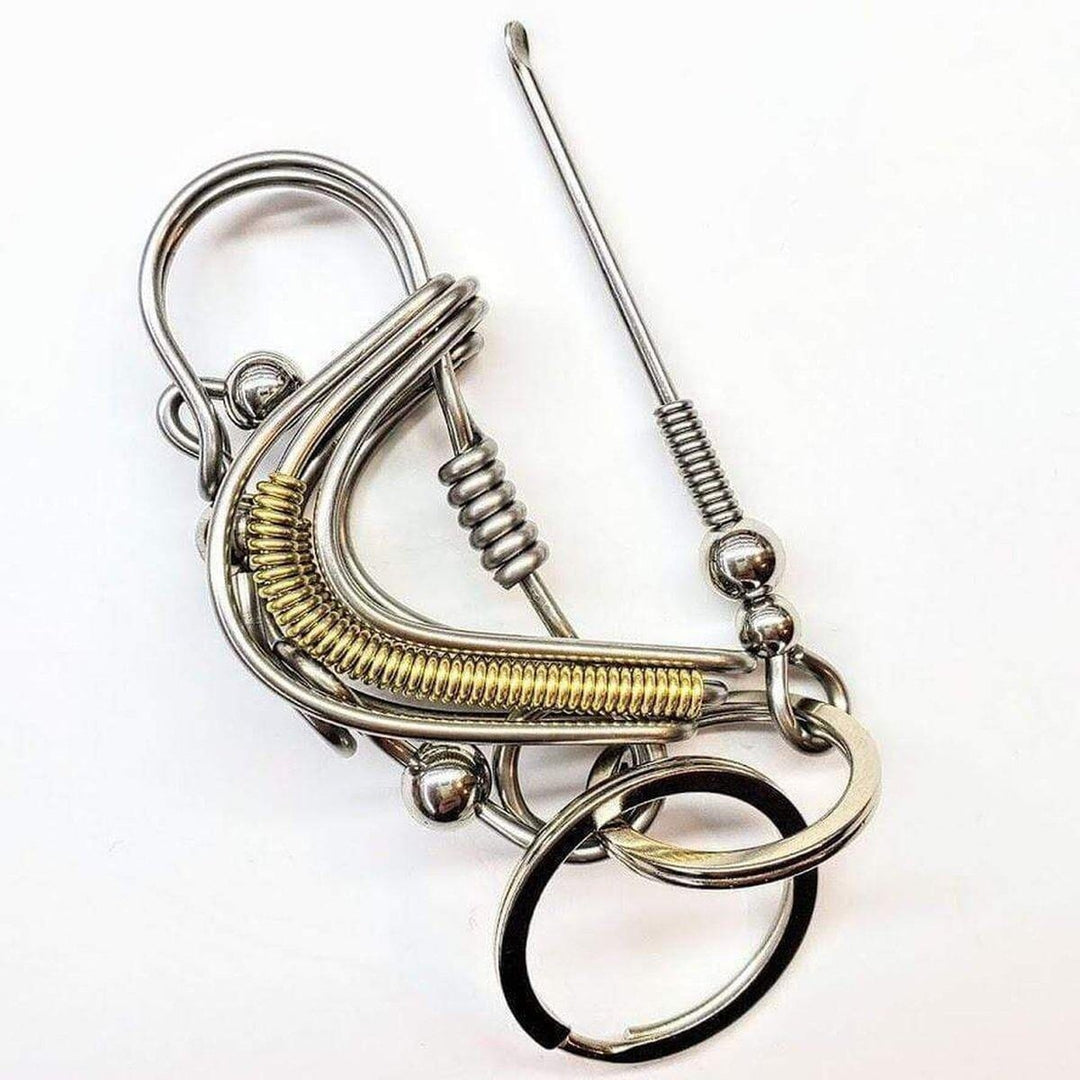

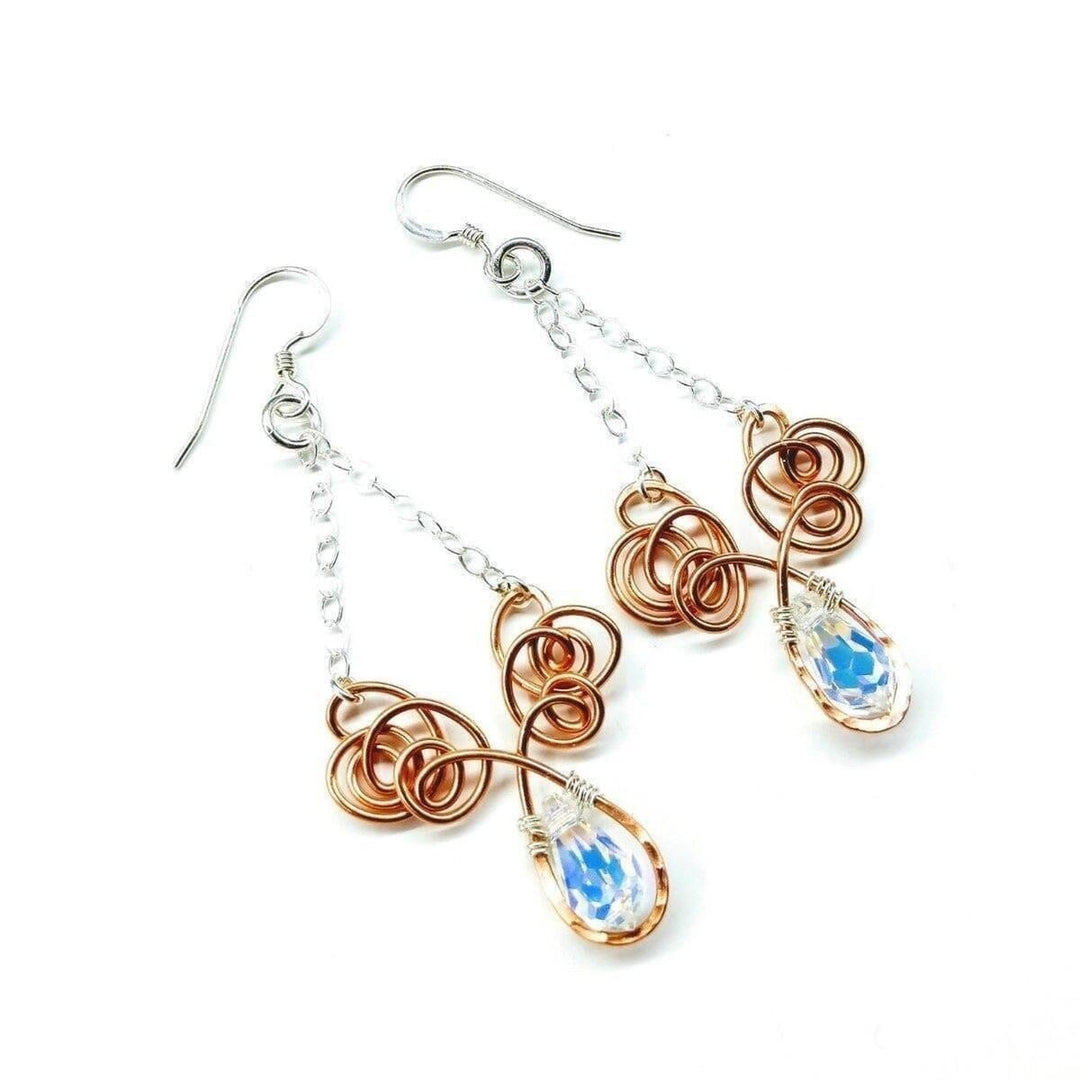
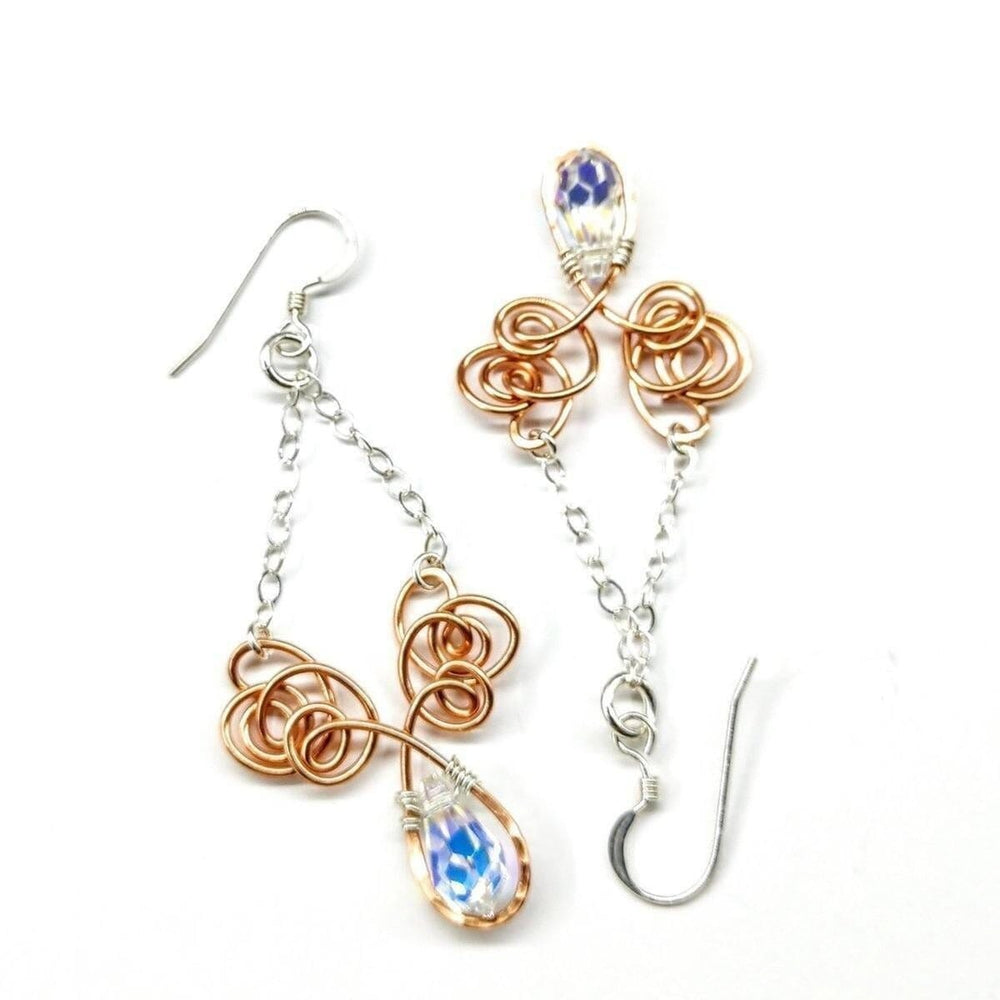
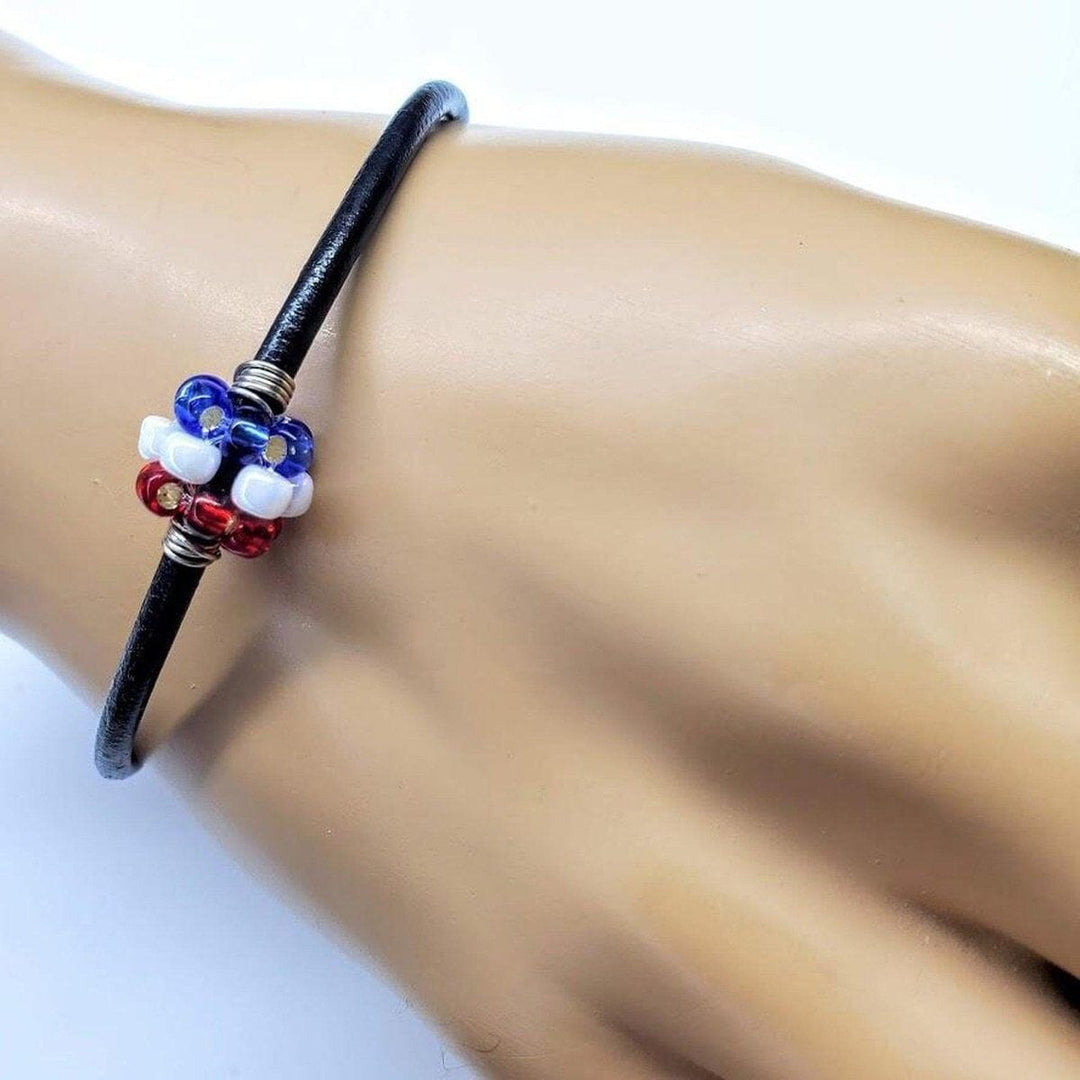
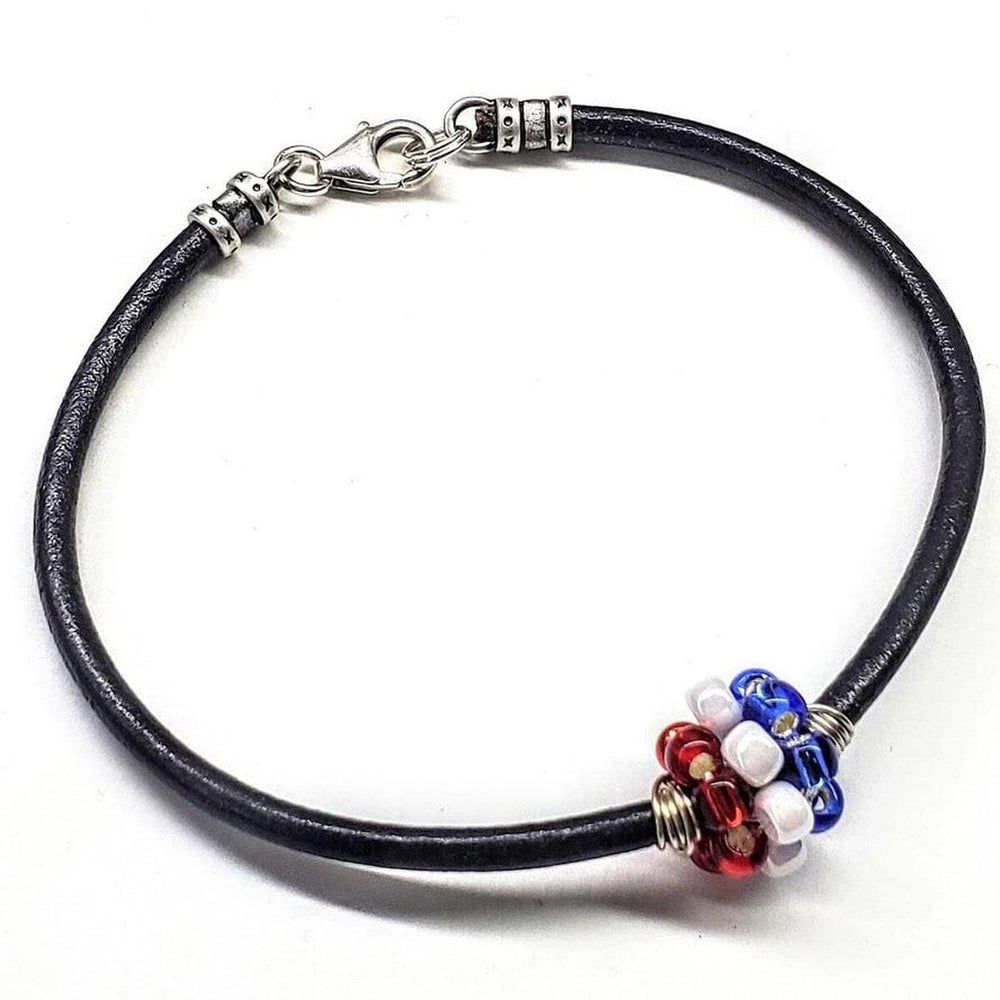


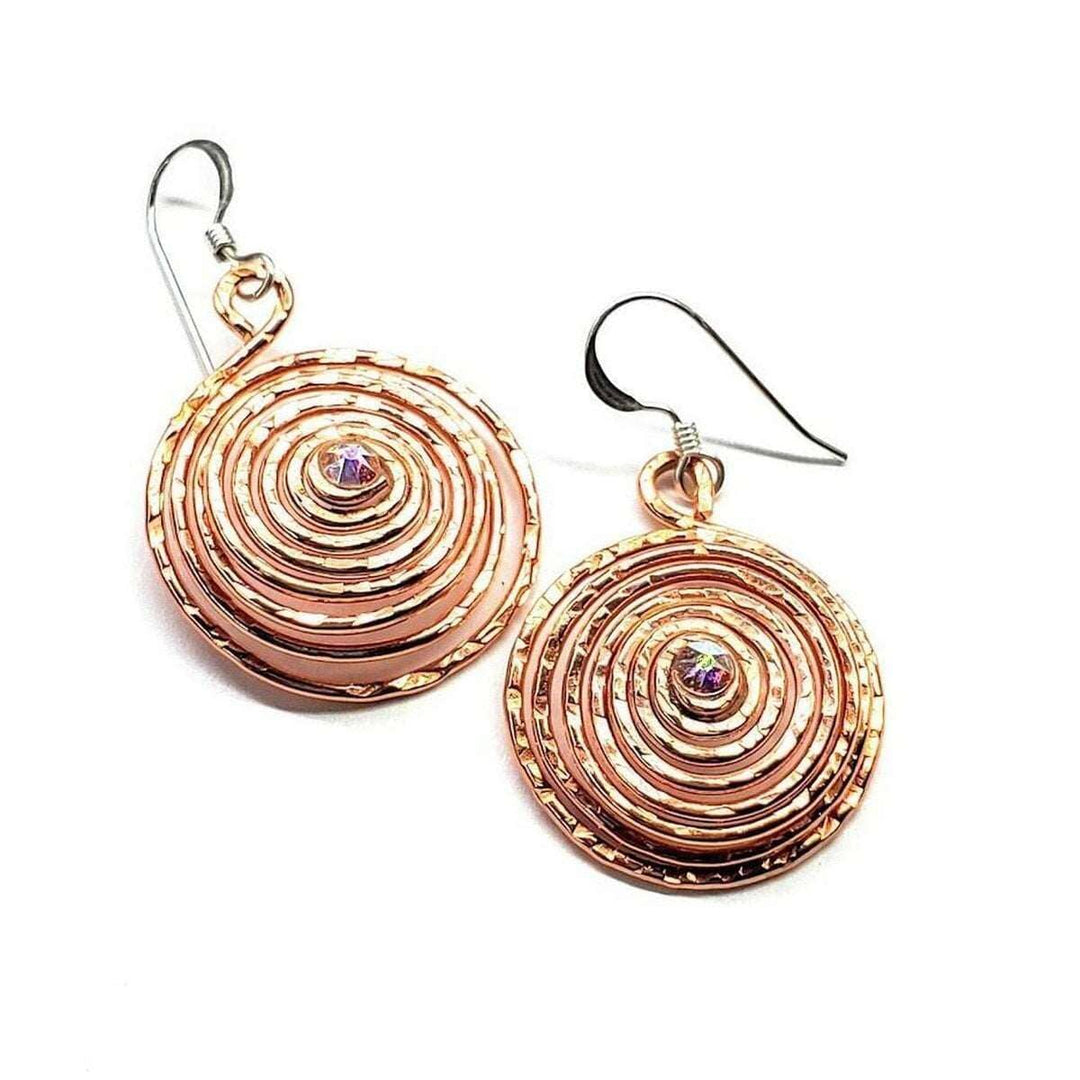
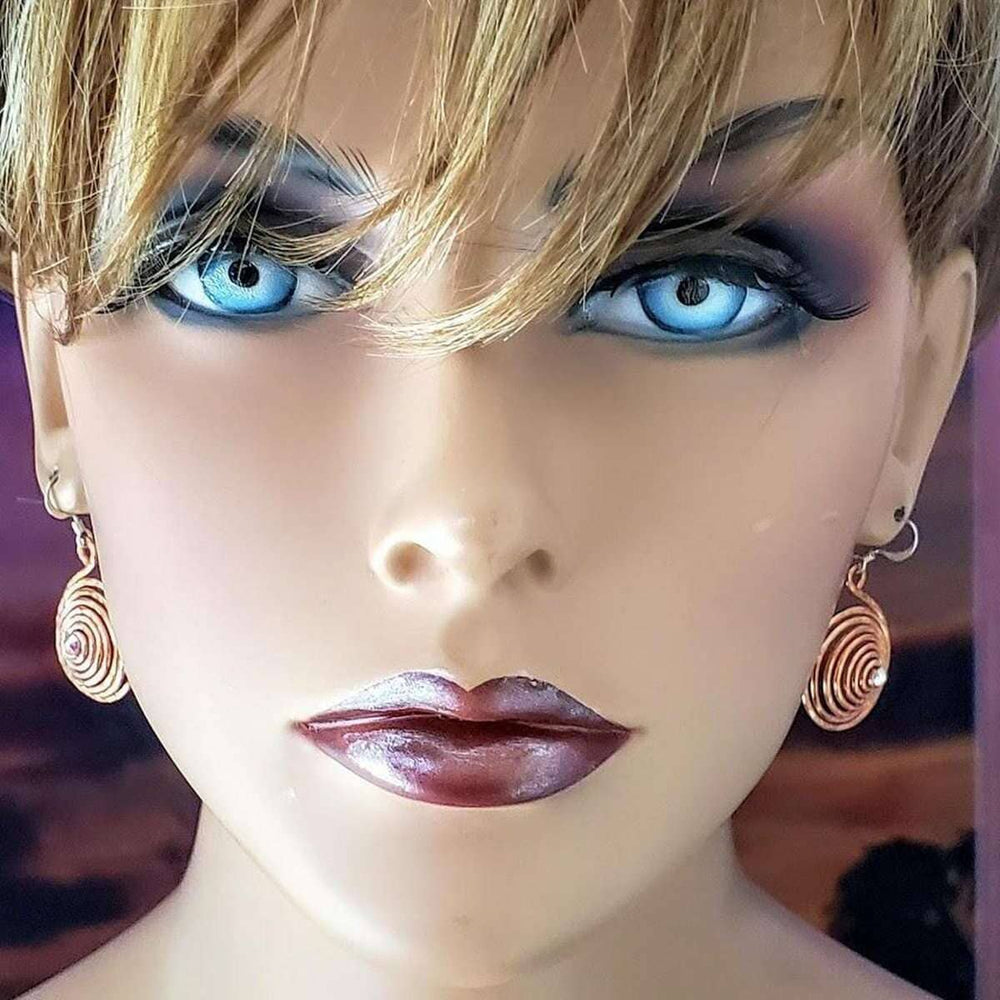
Leave a comment